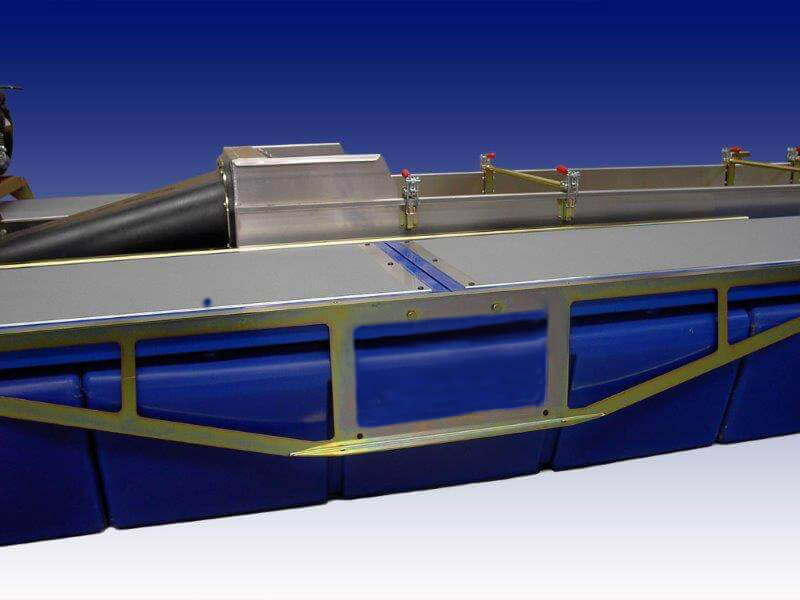

With endless sails to set on an oyster smack, there is plenty of work for the crew

It was something of a town tradition where sleepy-eyed families would sit and watch the preposterously over canvased boats set off from the Pyefleet River.ĭespite these memories, as a youngster this was as close as I came to the boats and, even after my parents elected to sell their cruiser/racer and purchase one of the remaining oyster smacks years after I had left home, I had still spent little time familiarising myself with them. I grew up in the Essex town of Brightlingsea and, though I raced dinghies and yachts very different to these tan-sailed old girls, I have fond memories of waking early each September to watch the start of the annual Smack and Barge Match. Though their professional fishing days are long since over, those that survive continue to sail on the East Coast, keeping traditions alive from the days when good seamanship could be the which I was told would be followed difference between life and death in the cold North Sea, or fetching an acceptable price for your cargo in London. In addition to the oyster smacks, you also have the famous Thames barges, but there are the smaller bawleys, shrimpers and others besides. Many different boats fished the Essex estuaries and further out into the North Sea, and some still survive today. In truth, these boats didn’t just fish for the oysters now prized the world over, their crews instead filling their ship’s bellies with a variety of fresh fish and racing up the Thames to be the first to deliver their catch to London.

The traditional fishing fleet around the Essex coast was long made up of a plethora of oyster smacks. The muddy rivers, tributaries and estuaries of the UK’s East Coast provide the perfect breeding ground for any number of bivalves, but oysters are the foodstuff for which the area has long been known for. Sailing skills: traditional seamanship on an oyster smack


 0 kommentar(er)
0 kommentar(er)
